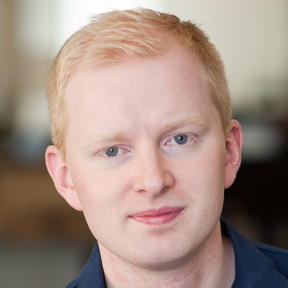Asynchronous affinity mapping: why you should make the switch
 Peter ParkesCo-founder
Peter ParkesCo-founder
I’ve always been a fan of affinity mapping (or affinity diagramming) as a way of extracting insights from raw user research notes, but there’s always one thing that I’ve struggled with: the ‘grouping’ stage can feel incredibly tedious. A lot of reading, but also a lot of waiting for other people, and a strange pressure to move on to discussion as quickly as possible.
I started doing some deeper research into affinity mapping, and came across this excellent blog post by Christopher Roosen on the history of the approach. It’s worth reading in its entirety, but I wanted to share a quotation that made me reconsider how we should approach the grouping stage:
“Once all of the paper has been placed, it is then time to read all of them, patiently and calmly, starting from the ends or the center or anywhere. It is not really necessary to read all of them; it is more about gazing over them. A discussion of three hours can produce as much as two or three hundred pieces of paper, and this may be overwhelming to some people who are impatient. However, there is absolutely no need to panic. Just gaze through the entire sheet starting from anywhere.”
Jiro Kawakita, the inventor of the affinity mapping processIt occurred to me that this part of the process could actually benefit from being done asynchronously, for two reasons:
- Reading and understanding matter more than the precision of grouping
- Participation and attention can be improved by removing the peer pressure of having to complete the exercise at the same time as everyone else
Whether you’re doing this process online (for example, using Qualdesk’s Dovetail integration) or on a physical wall, de-coupling the process in this way should yield better results:
- Adding notes: asynchronous
- Grouping: asynchronous (previously done during a ‘live’ workshop)
- Discussion and re-grouping: remains synchronous
We’ve started to do this in our own use research synthesis process, and if you and your team already work in this way, it’d be great to hear from you as we’re always looking to improve how we work. You can reach me on Twitter @peterparkes.